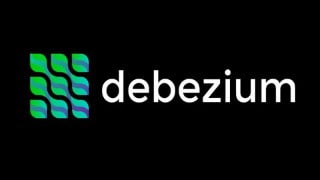Getting Started with MariaDB
Learn MariaDB, a popular fork of MySQL, with this comprehensive course. Gain expertise in database management, querying, and programming.
What you’ll learn
- MariaDB Galera Cluster Installation
- Operators, Statements, Procedures etc.
- Create, Insert, Update, Delete, Truncate, Select etc.
- Joins, Functions, Clauses, Import, Export DBs etc.
MariaDB is a popular fork of MySQL created by MySQL’s original developers. It grew out of concerns related to MySQL’s acquisition by Oracle. It offers support for both small data processing tasks and enterprise needs. It aims to be a drop-in replacement for MySQL requiring only a simple uninstall of MySQL and an install of MariaDB. MariaDB offers the same features of MySQL and much more.
Key Features of MariaDB
The important features of MariaDB are −
All of MariaDB is under GPL, LGPL, or BSD.
MariaDB includes a wide selection of storage engines, including high-performance storage engines, for working with other RDBMS data sources.
MariaDB uses a standard and popular querying language.
MariaDB runs on a number of operating systems and supports a wide variety of programming languages.
MariaDB offers support for PHP, one of the most popular web development languages.
MariaDB offers Galera cluster technology.
MariaDB also offers many operations and commands unavailable in MySQL, and eliminates/replaces features impacting performance negatively.
Before you begin this course, make sure you have some basic knowledge of relational database management systems, querying languages, MySQL, and general programming.
This course targets novice developers and those new to MariaDB. It guides them in understanding basic through more advanced concepts in MariaDB. After completing this course, your firm foundation in MariaDB and level of expertise will allow you to begin developing and easily build on your knowledge.
Who this course is for:
- Beginners, Learners, Developers etc.
User Reviews
Be the first to review “Getting Started with MariaDB”
You must be logged in to post a review.







There are no reviews yet.